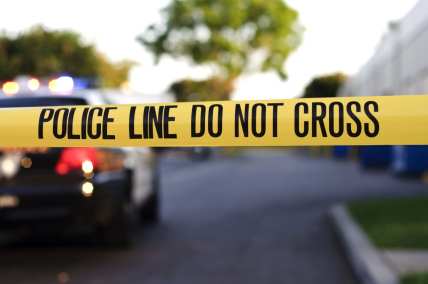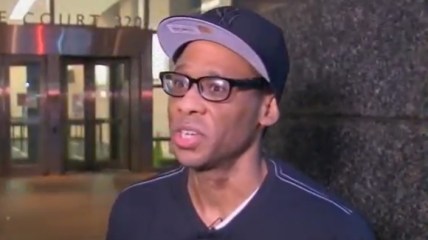NYPD gun violence tracking database draws concern from civil liberties advocates
Critics of the list, which tracks gun violence suspects, worry people of color may be disproportionately surveilled.
After a New York City chief detective testified in 2018 that the city police department’s widely criticized gang database was 99% people of color, a four-year investigation was launched and is set to conclude later in 2022, Gothamist reported.
As results from the report loom, reporters at Gothamist partnered with The Trace, a nonprofit outlet covering gun violence in America, in uncovering another database the department has kept under wraps since its creation earlier this year that surveils people it believes have had involvement in recent shootings.
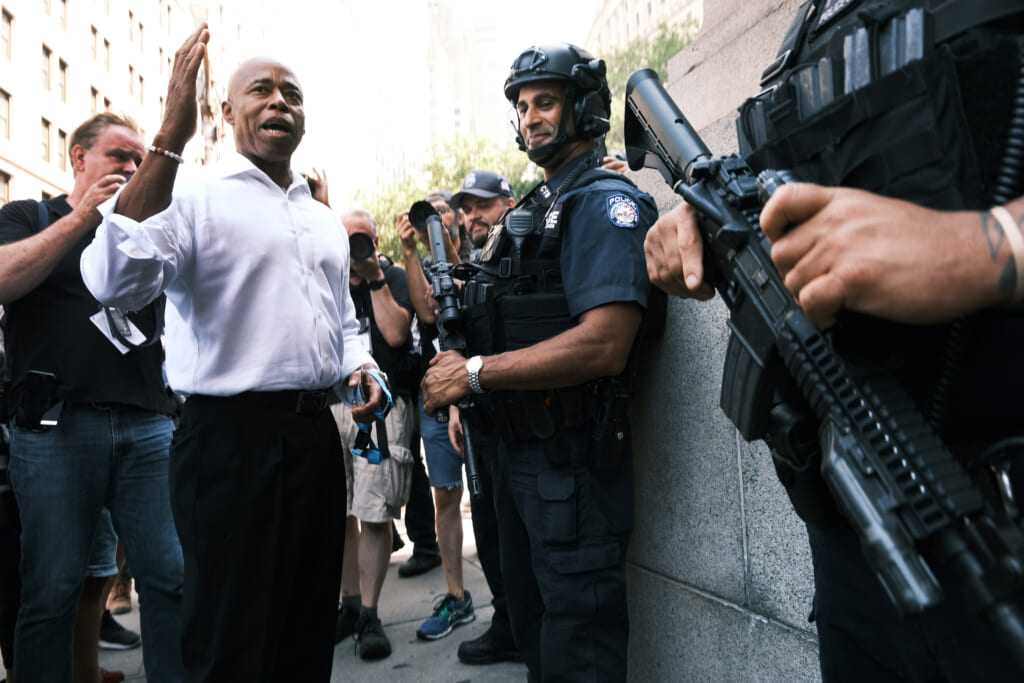
An NYPD supervisor told the outlets that the Gun Recidivist Investigation Program (GRIP) list was developed shortly after Mayor Eric Adams was sworn in on Jan. 1, with no official announcement or news coverage.
Michael LiPetri, chief of crime control strategies for the department and co-creator of the GRIP list, described the list briefly during a March City Council committee hearing as a tool to hone in on a small percentage of people that are believed to be responsible for the majority of shooting incidents in the city, per the outlets.
“We identified individuals that have been involved in multiple shooting incidents over the past two years. One of those shooting incidents, this individual must actually pull the trigger,” LiPetri said. “That population is less than .009% of the population in New York City.”
He continued: “And we look at that list, the majority of these individuals also have previous felony convictions, prior gun convictions, open gun arrests. These are the individuals that are driving gun violence in New York City. And these are the very individuals that our Gun Violence Suppression Division is focused on.”
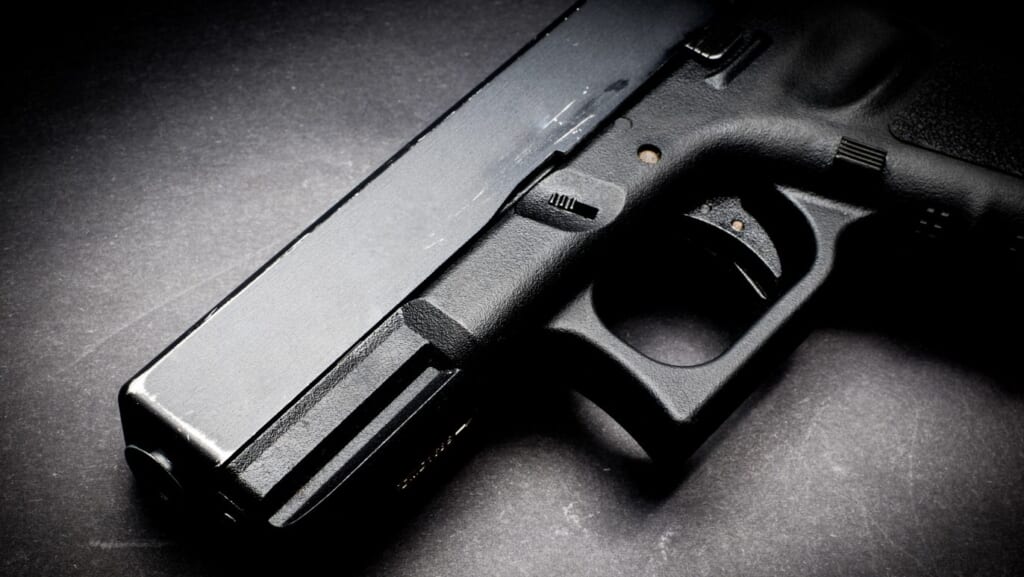
While LiPetri didn’t provide specifics about the methodology for adding suspects to the list, advocates for civil liberties who are against surveillance said witnesses and victims may be added to the list, in addition to the shooting suspects and those with gun charges, and law enforcement officials concur, the outlets reported.
Anonymous NYPD sources interviewed by Gothamist and The Trace confirmed that the GRIP list exists and divulged that the criteria for who may be added to it includes people who allegedly pulled the trigger in a shooting, or anyone who has had “any role” in more than one shooting, per the report.
“Those criteria mean that people who have been accused, but not convicted, of involvement in gun violence qualify for the list, but so do others who may have simply been present at shootings,” the outlets report. “The burden of proof for inclusion is far lower than for bringing charges in court and requires no conviction or even an arrest. Someone police have designated as a person of interest could qualify.”
Multiple requests for comment from both outlets were declined by the NYPD, and Adams’ office did not respond to a request.
Brooklyn College Professor Alex Vitale, who researches police tactics, said that people on similar lists in other cities have been subject to added police scrutiny, racial profiling, physical harassment, misidentification and more.
“They run your license, and then this big red flag pops up,” Vitale told the outlets. “And now all of a sudden, the cop has got his hand on his gun, wants to put you in cuffs while they search the car, and it escalates the whole interaction.”
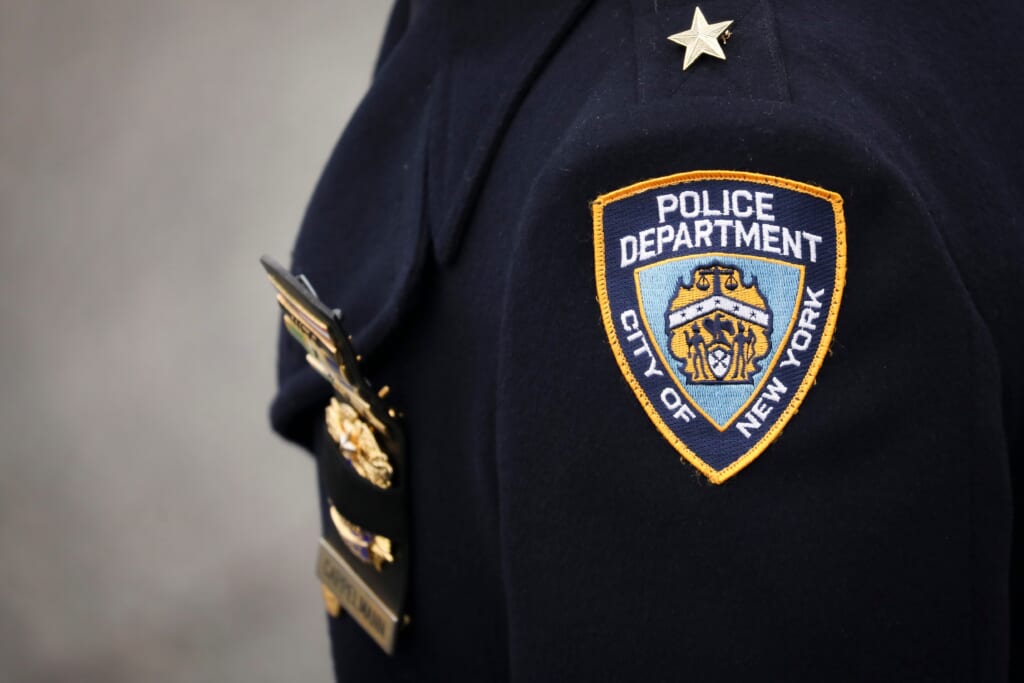
Advocates are continuing calls for the department to provide increased transparency into the GRIP list. If it does not, Vitale said, it may be in violation of the Public Oversight of Surveillance Technology Act of 2020, which requires the NYPD to “provide transparency on the surveillance and information-sharing technologies it uses,” per the outlets.
“Let’s assume for a minute that this list somewhat accurately reflects a high risk of involvement in violence,” Vitale told the outlets. “Why is it only a police department matter? Why don’t we have a full set of interventions that don’t start with surveillance and incarceration?”
TheGrio is FREE on your TV via Apple TV, Amazon Fire, Roku, and Android TV. Please download theGrio mobile apps today!
